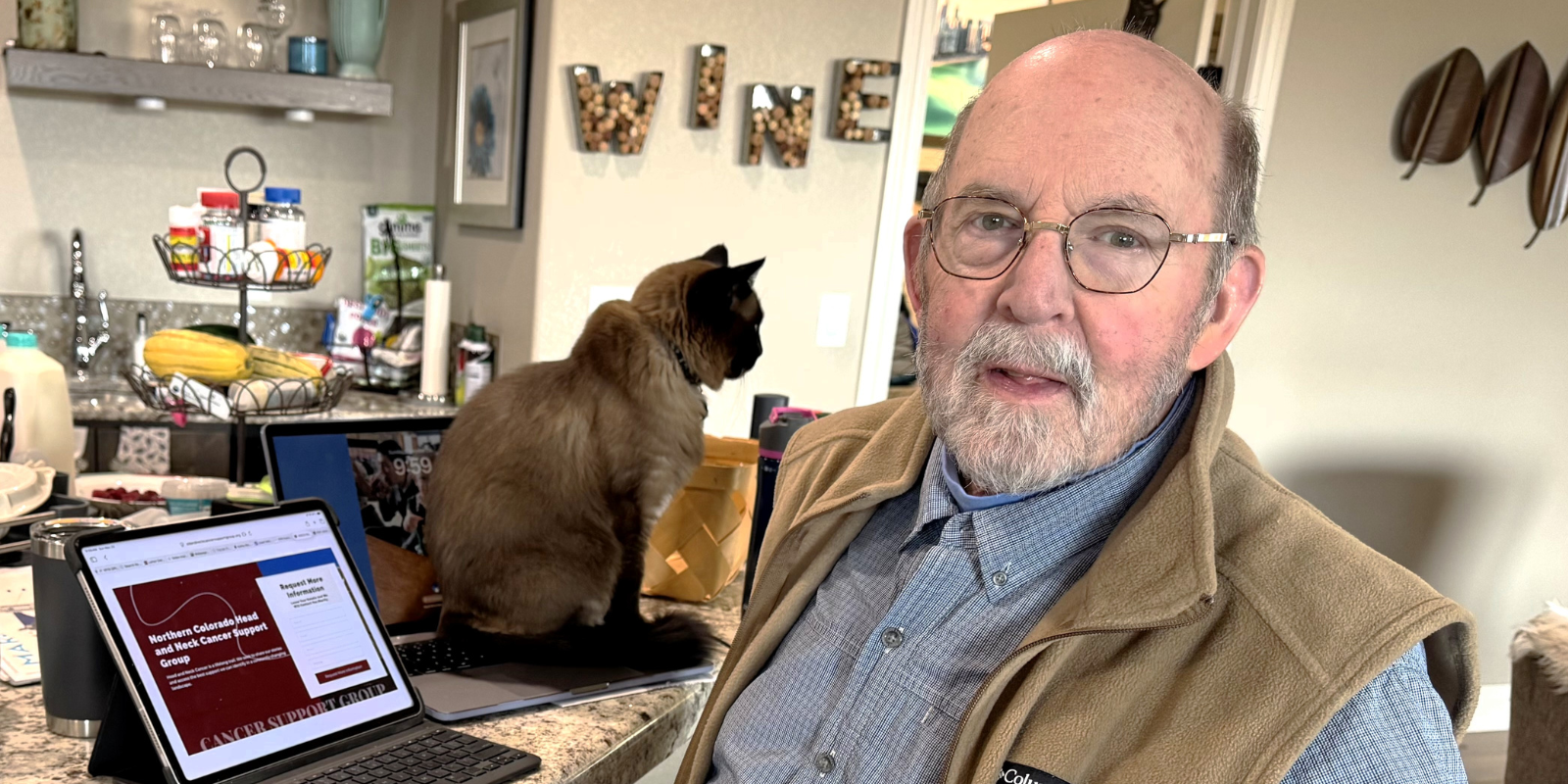Clinical trial results published in the journal Nature Medicine show 91 percent response rate to the combination of venetoclax with azacitidine in older adults newly diagnosed with acute myeloid leukemia (AML). Of 33 patients given combination venetoclax and azacitidine, 20 experienced a complete response (aka complete remission) and eight experienced a complete response but with continued low blood counts. Of the three patients who did not respond to treatment, two discontinued the study before the first week due to personal reasons unrelated to treatment or side-effects.
Based on these results, on November 21, the U.S. Food and Drug Administration (USFDA) granted accelerated approval for venetoclax to treat patients who are aged 75 years and older or are ineligible for intensive chemotherapy due to coexisting medical conditions. Updated clinical trial results and scientific findings will be presented December 1-4 at the 60th annual American Society of Hematology (ASH) meeting in San Diego, CA.
Traditionally, the diagnosis of AML in this population has carried an extremely poor prognosis, with median overall survival of less than a year. Already, patients on the current trial have reached a median follow-up time of 580 days. Because so many patients remain on the trial with controlled disease, it is impossible to predict the average expected duration of benefit from this new combination treatment, implying a remarkably long duration of remission.
“To date, treatment options for older patients with AML have been limited. We see this new regimen as a paradigm shift in the way we will treat this disease in this population, moving forward,” says Daniel A. Pollyea, MD, MS, investigator at CU Cancer Center, clinical director of Leukemia Services at the CU School of Medicine, and the study’s first author.
Azacitidine is a low-dose chemotherapy drug that has long been used in the treatment of AML, with minimal success. Venetoclax is a targeted inhibitor of the Bcl-2 protein, which earned FDA approval in 2016 for the treatment of relapsed/refractory chronic lymphocytic leukemia (CLL). The current regimen includes a course of azacitidine, followed by the ongoing use of venetoclax.
“Two patients on this study have been off all therapy for nearly three years, and others who remain on therapy seem to be on the same trajectory, suggesting this regimen may be curative in some settings,” Pollyea says.
The trial is closely related to the preclinical work of Craig Jordan, PhD, investigator at University of Colorado Cancer Center, division chief of the Division of Hematology and the Nancy Carroll Allen Professor of Hematology at the University of Colorado School of Medicine. Basic science describing the underlying mechanism of drug action is published concurrently in the journal Cancer Cell. First author of the Cancer Cell paper Courtney Jones, PhD, and others working in the Jordan lab showed that leukemia stem cells depend on amino acid metabolism to supply themselves with energy. As part of its action against Bcl-2, venetoclax blocks cells’ uptake of amino acids, and thus blocks the mechanism these cells use to generate energy, killing these cells.
“Leukemia stem cells in newly diagnosed AML patients absolutely depend on amino acid metabolism, but that’s not the case for healthy cells. By taking away the ability of leukemia stem cells to metabolize amino acids, we can target these cells without affecting surrounding, healthy tissues,” Jordan says.
One factor limiting treatment options in this population is the severity of side-effects associated with current therapies. Newly-diagnosed AML is most often treated with intensive chemotherapy. Unfortunately, while chemotherapy is largely effective against the bulk of leukemia cells, leukemia stem cells are uniquely equipped to resist chemotherapy, and so often survive treatment, leading to relapse. Using azacitidine alone in this population shows 28 percent response rate with response duration of 10 months. At that point, treatment often includes bone marrow transplant – eradicating a patient’s cancerous blood system and repopulating a new one using blood stem cells from cord blood or from a matched donor. However, bone marrow transplant can be poorly tolerated in older and/or more frail patients.
“Many of these patients, you just can’t treat in that way,” Pollyea says. “They would be too likely to die from the treatment, itself – it does more harm than good.”
Combining venetoclax with azacitidine was associated with no more side effects than the use of azacitidine alone.
Patients whose cancers held IDH mutations were more likely to experience long-lasting response; patients with RAS mutations often experienced shorter remissions. Initial findings suggest that treatment of AML patients who have relapsed following standard therapy is a more difficult challenge, requiring more than just venetoclax and azacitidine to achieve substantially improved outcomes.
In addition to AML and CLL, venetoclax is in clinical trials to treat cancers including acute lymphoblastic leukemia (ALL), chronic myeloid leukemia (CML), T cell lymphoma, non-Hodgkin lymphoma, myelodysplastic syndrome, and more (full list at clinicaltrials.gov).
The Jordan lab continues to collaborate closely with CU Cancer Center clinicians including Daniel Pollyea to further optimize strategies targeting cancer stem cells in leukemia and other cancers.
##
Funding for this study was provided by the University of Colorado Department of Medicine Outstanding Early Career Scholar Program, University of Colorado RNA Bioscience Initiative, American Cancer Society (25A5072), Colorado Clinical and Translational Sciences Institute (AEF CCTSI YR9 CO 2301425), Webb-Waring Early Career Award, the Nancy Carroll Allen Chair in Hematology Research, and the National Institutes of Health (R01CA200707).





